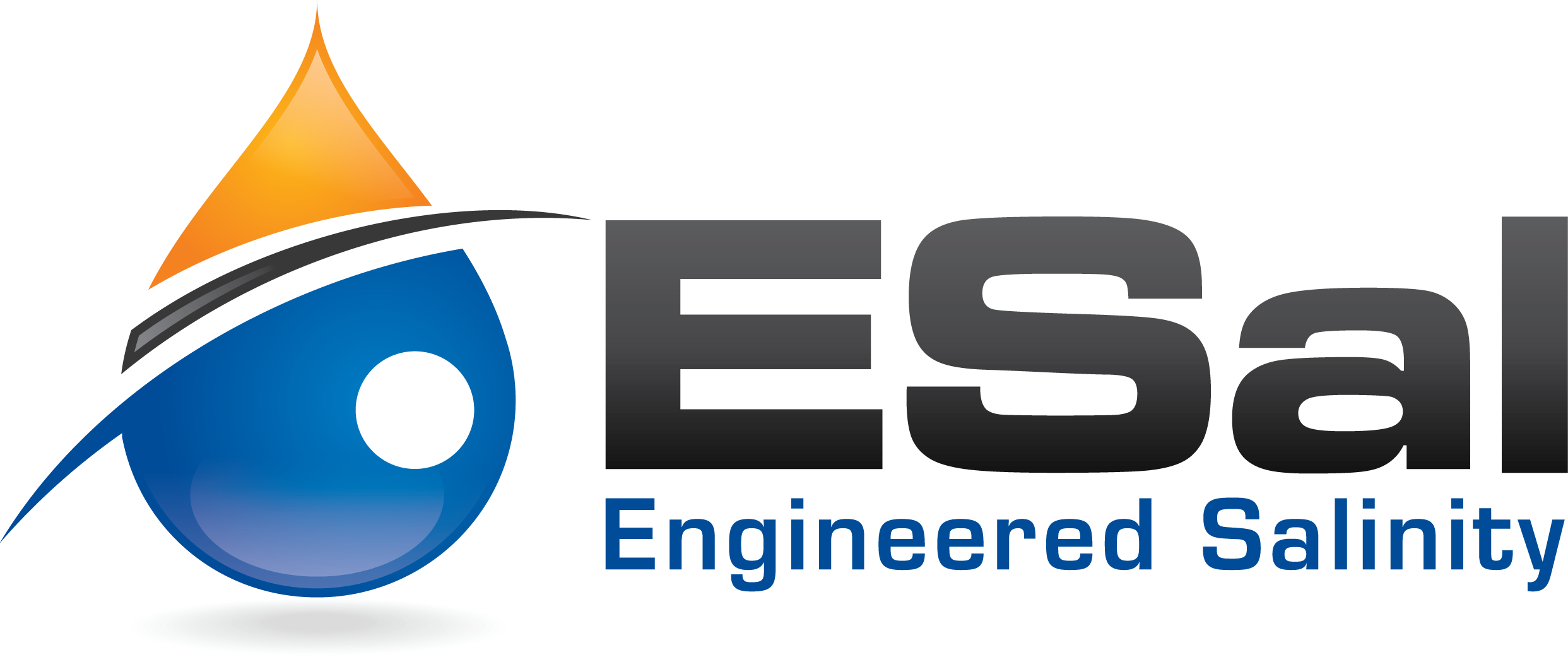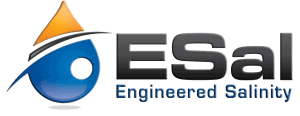As part of our series on evaluating enhanced oil recovery (EOR) approaches, we directly compare two significant methods: Chemical EOR versus Engineered Salinity (ESal).
Let’s examine each of these enhanced oil recovery methods:
- Chemical EOR consists of pumping chemicals into a reservoir so oil or flow properties can change the composition and result in a more effortless flow.
- Engineered Salinity (ESal) does not involve pumping any chemicals into the mix, instead consisting of a patented approach that changes the salinity of injected water.
Which EOR Method Reigns Supreme?
We selected five critical categories of criteria highly valued by engineers when considering which ideal enhanced oil recovery approach is best to supplement drilling.
Recovery of up to 25% of Original Oil In Place (OOIP)
WINNER: ESal
In numerous tests, ESal has consistently surpassed 15% of OOIP, meaning up to 50% in new oil production. Amazingly, no new investment is required to drill additional wells, build new pipelines or buy new equipment to reach that goal.
Engineered Salinity’s proprietary screening tool at the onset of the process removes a great deal of guesswork in knowing whether or not wettability alteration can be achieved. This is followed by lab testing to identify the best possible mix for achieving the optimal salinity level.
Chemical injection EOR could achieve oil recovery of 5%, 10% and even more – but there is a significant caveat. This method brings several variables that can influence its effectiveness in recovering the original oil in place (OOIP). For example, there are characteristics of the reservoir to consider. A reservoir that offers high permeability of its rock may align well with a chemical EOR method. However, that’s not the only factor influencing chemical EOR’s compatibility with a reservoir. The effectiveness of certain surfactants, polymers and alkali chemicals could play a critical role in altering reservoir fluid behavior. The timing and volume of injected chemicals within this EOR method can also impact oil recovery.
While field testing and lab work are excellent success indicators of ESal’s process, chemical EOR brings less certainty. We have to understand the complex characteristics of each reservoir in a chemical EOR scenario, which can challenge this method to scale upward successfully.
It’s possible that chemical injection EOR can improve oil recovery. Still, with many variables creating more questions than answers, the degree of OOIP recovery from chemical EOR can be much harder to predict than ESal’s oil recovery predictability.
Breakeven < $30/bbl
WINNER: ESal
ESal is the unquestioned champion of costs per barrel compared to the cost-effectiveness of chemical EOR. Engineered Salinity reaches costs as low as $1.62 per additional barrel. That’s simply an eye-popping cost per barrel, especially when you multiply that cost per all wells.
Chemical EOR injection costs can run high when the ongoing expense of obtaining specific chemicals for effective treatment is factored in. Much depends on the reservoir’s characteristics in this event, making it potentially less favorable and consistent for cost per barrel as ESal.
ESG Sensitive
WINNER: ESal
At a time when the oil and gas industry is under growing scrutiny for its
Environmental, Social and Governance (ESG) sensitivity, ESal’s solution for optimizing water salinity and changing the water chemistry is chemical-free, presenting a clear advantage in this category over other EOR methods.
Engineered Salinity’s patented approach calls for re-using large amounts of produced water in an existing well, meeting a high level of social and ethical responsibility that’s challenging for other EORs to speak to as strongly.
ESal’s technology can create more opportunity for recovery in an existing well rather than the standard practice of oil companies to continuously drill new ones – often leaving after only retrieving 35% of the oil within the reservoir at best.
Naturally, utilizing existing resources to the fullest is more favorable from an ESG standpoint. That said, ESal hasn’t forgotten about the profitable bottom line that oil companies are striving for, too. That’s why its team quickly points out that recovering so much more from an existing well and then frequently operating in it for many more years will bode well for profitability.
Great for the planet and great for revenue? Win-win in favor of Engineered Salinity.
The method of chemical injection EOR has far more of an uphill climb to be considered ESG-sensitive.
For example, as we view chemical flooding’s environmental impact, there are highly relevant questions to answer about the types of chemicals used and what the impact on ecosystems and water quality might be. Could injected chemicals lead to water contamination or damage to the reservoir formation? When spent chemicals must be disposed of, what risks are posed to a local ecosystem or community’s health and safety?
Applied with other Technologies
WINNER: ESal
Technologies for the oil and gas industries have often been centered on finding and producing new reservoirs, but it’s difficult to justify the growing expense of doing so as sustainable. Fortunately, technologies that improve existing reservoir wettability represent an exciting new frontier.
One EOR method offers the best win-win of cost-efficiency and an ability to work in conjunction with other technologies: Engineered Salinity.
ESal’s methodology of altering the inorganic chemistry of injected water has consistently mobilized up to 15% of OOIP at a much lower cost than all other EOR methods. ESal’s approach can be used by itself or with other primary EOR technical methods.
ESal relies on computer modeling when fully deployed to understand how each reservoir’s salinity conditions may change. The resulting projections showing field results matching the lab within 1% accuracy can help the firm predict the well’s recovery rate and for how many additional years. No other EOR methods have close to as good an agreement between lab and field.
All Stages of the Well Lifecycle
WINNER: ESal
Measuring EOR methods head-to-head throughout the well lifecycle gives us one of the most comprehensive views of which primary methods outperform the others after the exploration, drilling and primary production phases are complete.
During the secondary and tertiary recovery stages, ESal’s technology profoundly influences sweeping efficiency, causing a change in wettability and improving oil displacement.
However, the most exciting area for ESal’s methodology may occur in the later stages of the oilwell lifecycle, in which mature fields face abandonment. By altering the water salinity, ESal is restoring oil production to late-stage wells and giving several more years of recovery potential to fields once thought to have “tapped out.”
Chemical flooding may merit consideration among the EOR methods for optimizing production during waterflooding but requires a deep understanding of the reservoir’s rock and fluid properties to determine if this is indeed the case. We have to factor in: Pilot testing results during the drilling phase, the effectiveness of injected chemicals for altering wettability, the type of chemicals injected into the reservoir and the possible impact on the environment from any remaining chemicals at the end of the well’s lifecycle.
OVERALL WINNER, EOR Methods Head-To-Head: ESal (Engineered Salinity)
Only one Enhanced Oil Recovery (EOR) method, Engineered Salinity’s method of altering water composition, met the criteria of eight broadly reaching categories, often appearing as the only suitable option among the methods.
For oil companies that look to enhance recovery of oil in place, maintain environmental sensitivity, implement a solution within six months, possess a high level of predictability and integrate with other technologies, ESal’s methodology stands to:
- Create greater profitability over time
- Minimize risk from the very beginning
- Forecast the lifespan and reserve capacity of a well within pinpoint accuracy
Chemical EOR can offer fast implementation and high predictability. Still, when positioned head-to-head in five major categories, ESal is the better EOR method for oil companies.

